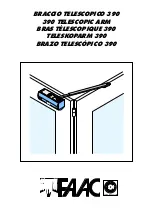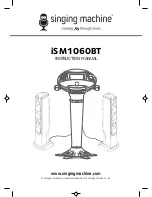
for combustible materials with a flammability
rating of C3, which burn away quickly and
easily even after the flame source is
removed, this distance increases twofold, i.
e. to at least three metres (ten feet),
if the combustibility level is not known, the
safety distance also needs to be doubled.
Combustibility of
construction materials
and related products
Construction materials
and products
A - non-combustible
Sandstone, concrete,
bricks, fire-safe plaster,
masonry mortar, ceramic
tiles, granite
B - difficult to combust Wood-cement planks,
fibreglass, mineral
insulation
C1 - difficult to
combust
Beechwood, oak wood,
plywood
C2 - combustible with
medium difficulty
Pine, larch, spruce, cork,
sawn timber, rubber floor
covering
C3 - easily combusting Asphalt-plywood,
cellulose masses,
polyurethane,
polystyrene,
polyethylene, plastic,
PVC
The placement of the heater should take into
account the possibility of unimpeded cleaning and
direct access from all sides.
The distance of the heater front face from the
opposing wall should not be less than two metres
(seven feet), and the sides of the boiler to the walls -
not less than half a metre (two feet).
6.4. Selecting the right heater
The heating system at an industrial plant should
provide appropriate thermal comfort. According to
relevant provisions, in the working rooms a
temperature level must be secured appropriate for
the type of work being executed (according to the
work methods and the physical effort required to
carry it out), however, not being lower than 14 °C. In
working rooms, in turn, in which light physical work
is carried out, and in office rooms, the temperature
may not be lower than 18 °C. In order to choose the
heating unit correctly, the heat requirement must be
determined.
The first step is to determine the building's thermal
balance, meaning, to determine the heat losses
through walls, doors, windows, entry gates, etc.,
considering the thermal gains that may arise due to
the machinery operating inside the building, the
people or animals (i. e. in a stall) residing inside.
This procedure is quite complicated, therefore, a
formula was devised that enables one to choose a
heater properly.
P = [qv W (tw - tz)] 0.001
Where:
P
- thermal heat requirement [kW]
qv
- unit thermal heat power dependent on the
building's volume and estimated insulation capacity
of walls (W/m
3
K)
W
- building volume (m
3
)
tw
-
temperature required inside the building (°C)
tz
- calculated external temperature for the individual
region of the country, for Poland in line with standard
PN-82/B-
02403 (°C)
Care must be taken to properly determine the unit
thermal capacity for a building. It is dependent on
the building's volume and insulation capacity.
1
- increased thermal insulation capacity
2
- small total window and door surface
3
- large total window and door surface
Fig. 1. Unit thermal capacity depending on the
building volume and the insulation capacity of
construction divisions.
Summary of Contents for FHSPN 35
Page 1: ......


























